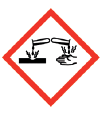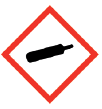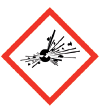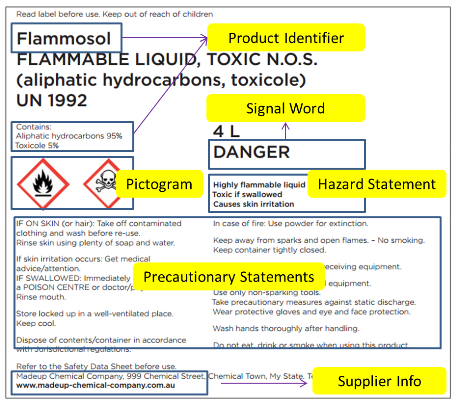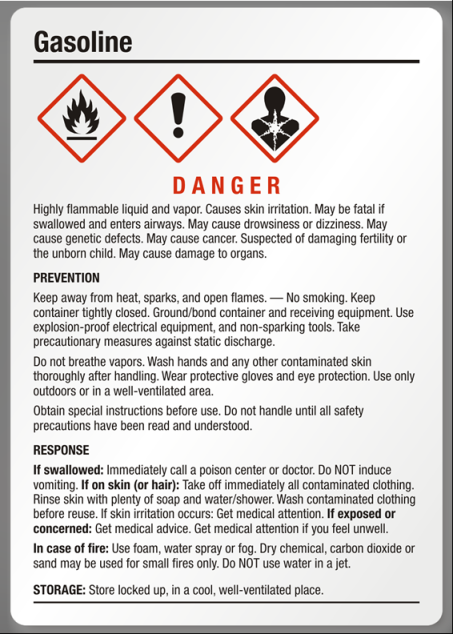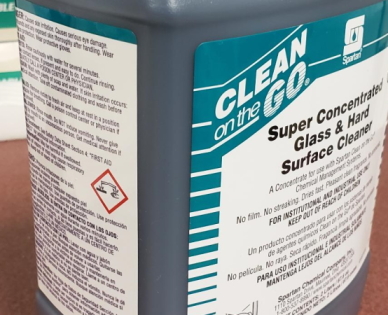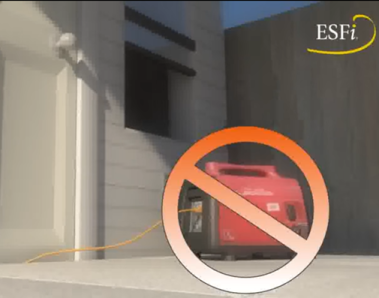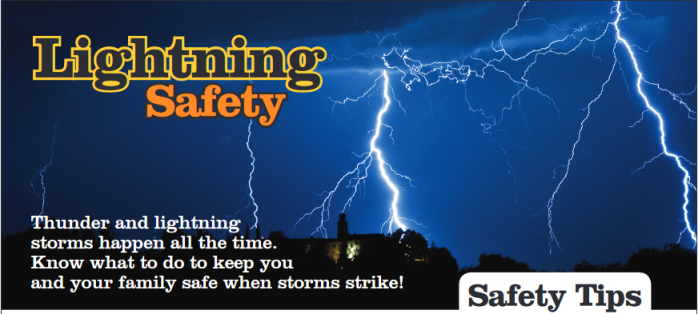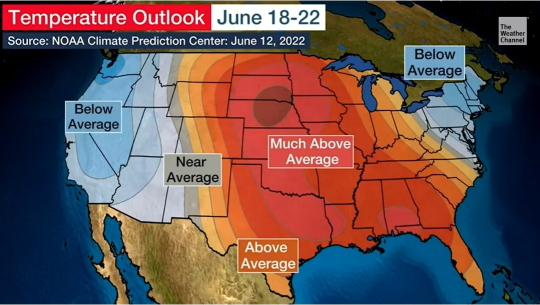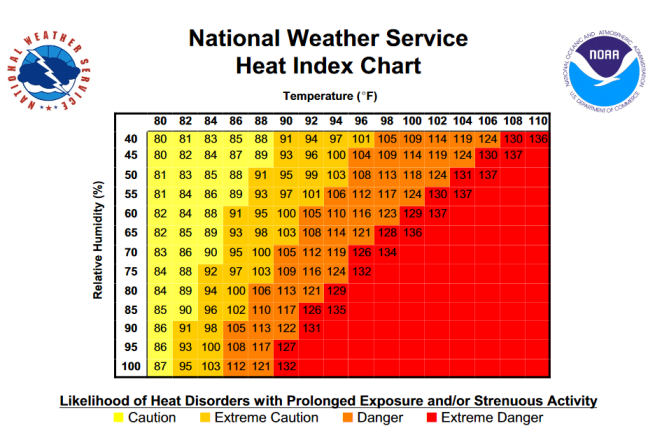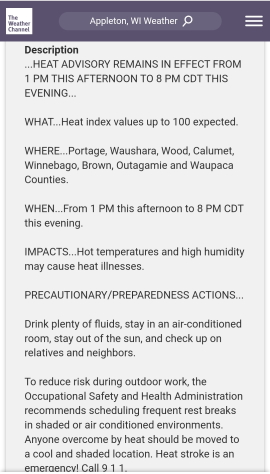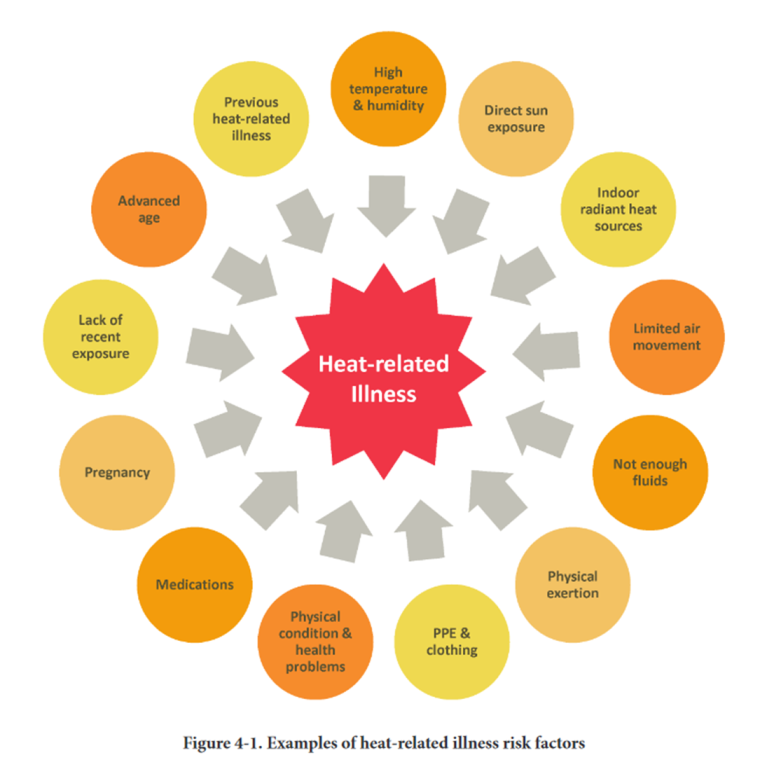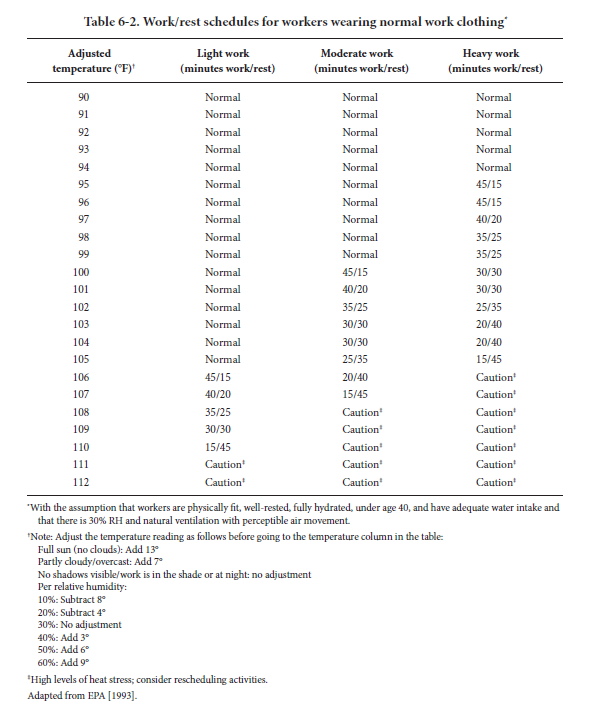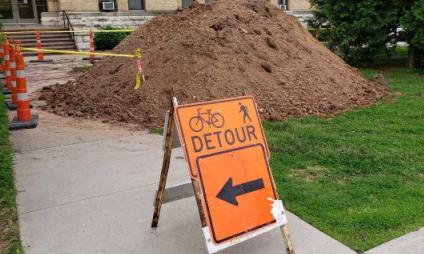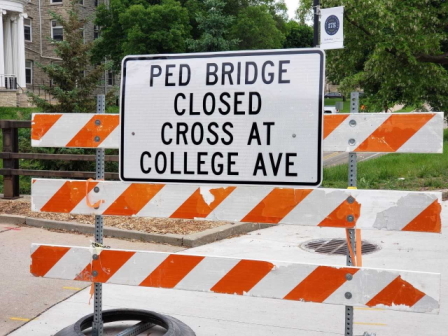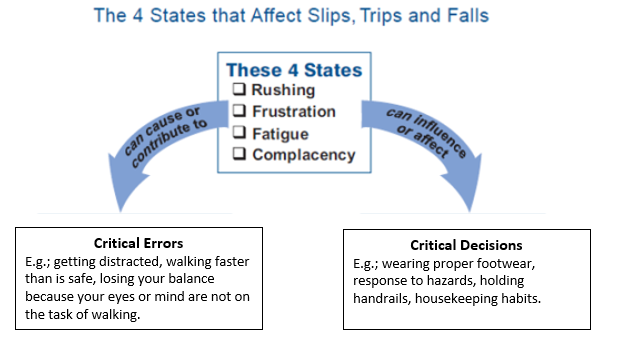Planning ahead before lifting items can reduce the possibility of experiencing a material handling injury. Here is a list of tips to follow to ensure that you are lifting in a safe manner.
- Always check before lifting to see if mechanical aids such as lift trucks, dollies or carts are available (if the lifting task involves moving items from one floor level to another use an elevator if available instead of the stairs).
- Get help with heavy or awkward loads.
- Assess and identify the weight of the load.
- Be sure that you can lift the load without over-exertion.
- Be sure that the load is “free” to move.
- Check that the contents of the load are stable and balanced. Repack items so the contents will not shift, where possible.
- Check that the planned location of the load is free of obstacles and debris.
- Be sure that the path to the planned location of the load is clear. Grease, oil, water, litter and debris can cause slips and falls.
- Particular handling and lifting techniques are needed for different kinds of loads or materials being handled (for example, compact loads, small bags, large sacks, drums and barrels, cylinders, sheet materials like metal or glass). Check here or on materials for details
- Do not lift if you are not sure that you can handle the load safely.
If you are ready – prepare for the lift by warming up the muscles.
You can follow along with Nerd Fitness Senior Coach Staci Ardison for about 4 minutes, this warm-up video of exercises will elevate your heart rate (get your blood flowing), put your muscles and joints through their range of motion to warm them up and make sure everything is functioning properly, and prepare your body to lift.
(Note: you can skip the jump rope and mountain climbers’ exercises)

https://www.youtube.com/watch?v=qQ96oXp5RTU&t=2s [4:31]
Now that your warmed up, follow these general tips for lifting
- Stand close to the load and face the way you intend to move.
- Use a wide stance to gain balance.
- Be sure you have a good grip on the load.
- Keep arms straight.
- Tighten abdominal muscles.
- Tuck chin into the chest.
- Initiate the lift with body weight.
- Lift the load as close to and as centered to the body as possible.
- Lift smoothly without jerking.
- Avoid twisting and side bending while lifting.
- Avoid carrying loads with only one hand.
Eye on Safety – Lifting Items at Work – Video (skip adds after 5 seconds)
Lifting objects is a common activity in many workplaces. If not done properly, there are many ways you can be injured while lifting objects at work. In this video, we are going to show you some good lifting techniques and share some tips to help you minimize the risk of injury.
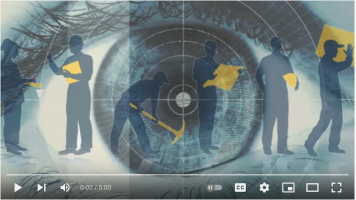
Sources: https://www.ccohs.ca/oshanswers/ergonomics/mmh/ , https://www.nerdfitness.com/blog/warm-up/; https://www.youtube.com/watch?v=qP5nyfTDbfE




